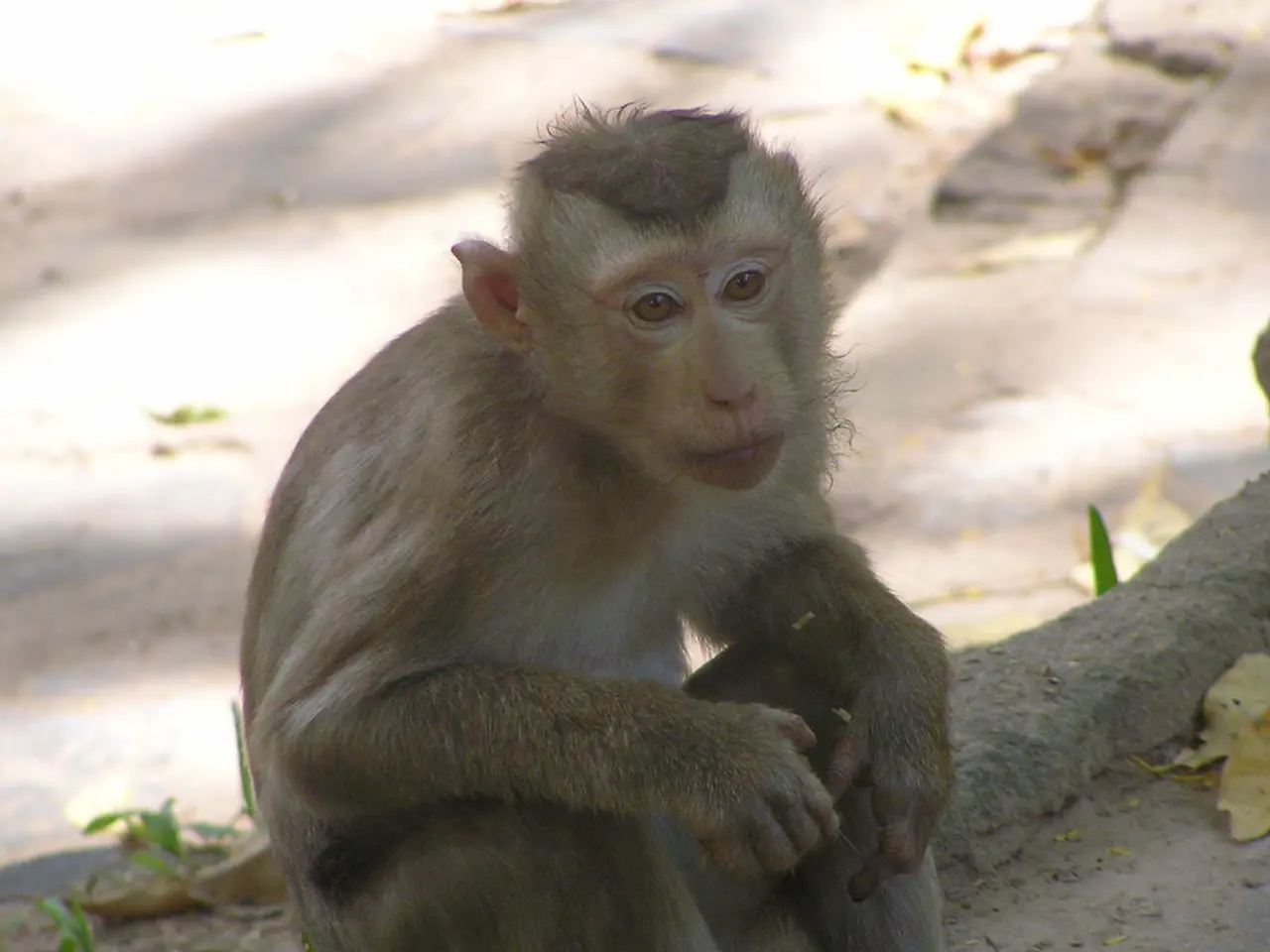Monkeypox PEP Now Available for Children and Adolescents
Healthcare providers and public services are offering post-exposure prophylaxis (PEP) to children and adolescents exposed to monkey pox. This includes vaccination, immune globulin, or antiviral medication, guided by CDC recommendations. JYNNEOS vaccine is ideally administered within 4 days of exposure and is also used in public mpox vaccination programs.
Adolescents at risk can receive JYNNEOS vaccination before exposure. During the US clade II outbreak, very few cases were reported in children and adolescents (<0.01% of total cases), with generally mild disease. However, infants, children with skin conditions, and immunocompromised children may face increased risk of severe illness. Clinicians should consider monkey pox when children or adolescents present with a rash, especially with epidemiologic criteria. They should also test for monkey pox, sexually transmitted infections, and HIV in adolescents with lesions consistent with sexual transmission. PEP is offered to children and adolescents with close contact to monkey pox cases, with exposure routes differing between age groups.
Post-exposure prophylaxis is available for children and adolescents exposed to monkey pox, with vaccination being the primary PEP method. While severe disease is rare in children and adolescents, certain groups may face increased risk. Clinicians should consider monkey pox in children and adolescents presenting with a rash, and offer appropriate care and testing.
Read also:
- Abu Dhabi initiative for comprehensive genetic screening, aiming to diagnose over 800 conditions and enhance the health of future generations in the UAE.
- Elderly shingles: Recognizing symptoms, potential problems, and available treatments
- Exploring the Reasons, Purposes, and Enigmas of Hiccups: Delving into Their Origins, Roles, and Unsolved Aspects
- Various forms of cataracts include nuclear, pediatric, traumatic, and additional types







